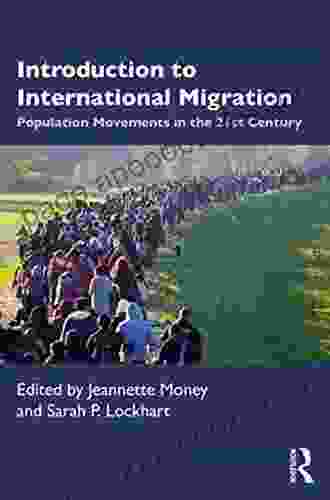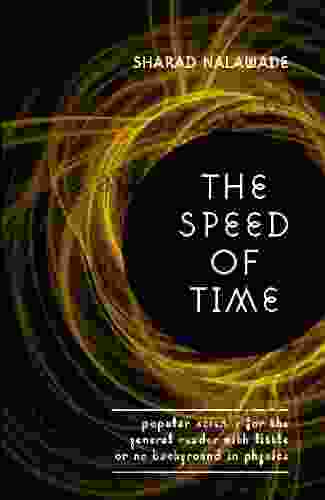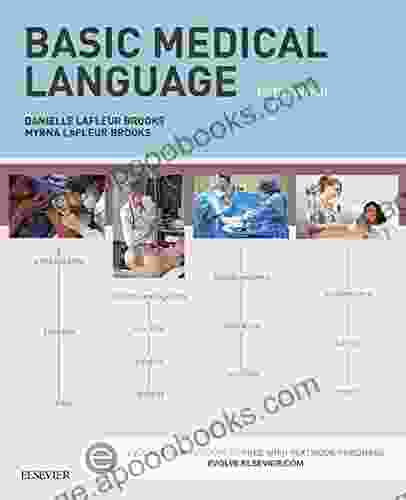Population Movements in the 21st Century: A Comprehensive Exploration

5 out of 5
| Language | : | English |
| File size | : | 8586 KB |
| Text-to-Speech | : | Enabled |
| Screen Reader | : | Supported |
| Enhanced typesetting | : | Enabled |
| Word Wise | : | Enabled |
| Print length | : | 392 pages |
The 21st century has witnessed unprecedented levels of human mobility, with people crossing bFree Downloads in search of better opportunities, safety, and a brighter future. Population movements have become a defining characteristic of our globalized world, shaping societies, economies, and the geopolitical landscape.
This comprehensive article aims to provide an in-depth examination of population movements in the 21st century. We will explore the complex interplay of factors that drive migration, analyze the consequences and patterns of human mobility, and highlight the challenges and opportunities that arise from this global phenomenon.
Causes of Population Movements
The causes of population movements are diverse and multifaceted, encompassing both push and pull factors. Push factors include:
- Economic factors: Poverty, inequality, lack of job opportunities
- Environmental factors: Natural disasters, climate change, environmental degradation
- Political factors: War, persecution, political instability
- Social factors: Family reunification, access to education and healthcare
Pull factors, on the other hand, include:
- Economic factors: Job opportunities, higher wages, better living conditions
- Environmental factors: Favorable climate, fertile land
- Political factors: Stability, democracy, human rights
- Social factors: Cultural ties, family connections, educational opportunities
Consequences of Population Movements
Population movements have profound consequences for both sending and receiving countries. Positive consequences include:
- Economic benefits: Remittances, labor force diversity, skills transfer
- Social benefits: Cultural exchange, increased diversity, improved social cohesion
Negative consequences include:
- Economic challenges: Pressure on public services, competition for jobs
- Social challenges: Xenophobia, discrimination, integration issues
- Political challenges: BFree Download security, migration policies, international relations
Patterns of Population Movements
Population movements exhibit distinct patterns, influenced by factors such as geography, history, and global events. Some key patterns include:
- South-North migration: Individuals from developing countries move to developed countries in search of economic opportunities and better living conditions.
- East-West migration: People move from Eastern Europe to Western Europe in search of jobs and education.
- Climate-induced migration: People are displaced from their homes due to rising sea levels, droughts, and other environmental disasters.
- Forced migration: Individuals flee their homes due to war, persecution, or other forms of violence.
Challenges and Opportunities
Population movements present both challenges and opportunities for the 21st century world. Challenges include:
- Managing migration flows: Balancing the need for bFree Download security with humanitarian concerns
- Integrating migrants: Ensuring equal rights, access to services, and social inclusion
- Addressing xenophobia: Combating discrimination and hate crimes against migrants
Opportunities include:
- Harnessing the economic benefits: Investing in skills development and job creation for migrants
- Promoting cultural exchange: Celebrating diversity and fostering intercultural dialogue
- Addressing global inequalities: Supporting development in sending countries to reduce the root causes of migration
Population movements are an essential aspect of the 21st century global landscape. Driven by complex causes, they have significant consequences for both sending and receiving countries. Understanding the dynamics of population movements is crucial for developing effective policies and fostering a more just and equitable world.
This article has provided a comprehensive overview of population movements in the 21st century, exploring their causes, consequences, patterns, and challenges. As we navigate the complexities of human mobility, it is imperative that we approach these issues with empathy, understanding, and a commitment to creating a more inclusive and sustainable world.
5 out of 5
| Language | : | English |
| File size | : | 8586 KB |
| Text-to-Speech | : | Enabled |
| Screen Reader | : | Supported |
| Enhanced typesetting | : | Enabled |
| Word Wise | : | Enabled |
| Print length | : | 392 pages |
Do you want to contribute by writing guest posts on this blog?
Please contact us and send us a resume of previous articles that you have written.
 Book
Book Novel
Novel Page
Page Chapter
Chapter Text
Text Story
Story Genre
Genre Reader
Reader Library
Library Paperback
Paperback E-book
E-book Magazine
Magazine Newspaper
Newspaper Paragraph
Paragraph Sentence
Sentence Bookmark
Bookmark Shelf
Shelf Glossary
Glossary Bibliography
Bibliography Foreword
Foreword Preface
Preface Synopsis
Synopsis Annotation
Annotation Footnote
Footnote Manuscript
Manuscript Scroll
Scroll Codex
Codex Tome
Tome Bestseller
Bestseller Classics
Classics Library card
Library card Narrative
Narrative Biography
Biography Autobiography
Autobiography Memoir
Memoir Reference
Reference Encyclopedia
Encyclopedia Nancy Mitford
Nancy Mitford Tibor Fischer
Tibor Fischer Melvin I Urofsky
Melvin I Urofsky Tony Humphreys
Tony Humphreys Verna Dreisbach
Verna Dreisbach Michele Chynoweth
Michele Chynoweth Michael Morris
Michael Morris Neil Faulkner
Neil Faulkner Michelle Malkin
Michelle Malkin Pink Floyd
Pink Floyd Takaaki Hiratsuka
Takaaki Hiratsuka Roksy Store Publishing
Roksy Store Publishing Sabrina Flynn
Sabrina Flynn Marshall Glickman
Marshall Glickman Mitch Albom
Mitch Albom Mark Prins
Mark Prins Sonia Michelson
Sonia Michelson Sean O Casey
Sean O Casey Ruth Rendell
Ruth Rendell Philis Alvic
Philis Alvic
Light bulbAdvertise smarter! Our strategic ad space ensures maximum exposure. Reserve your spot today!
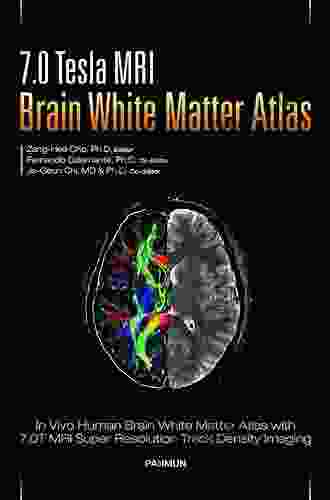
 Isaac MitchellUnveiling the Depths of White Matter: The Tesla MRI Brain White Matter Atlas
Isaac MitchellUnveiling the Depths of White Matter: The Tesla MRI Brain White Matter Atlas Jay SimmonsFollow ·9.7k
Jay SimmonsFollow ·9.7k William ShakespeareFollow ·15.9k
William ShakespeareFollow ·15.9k Marcel ProustFollow ·8.8k
Marcel ProustFollow ·8.8k Ruben CoxFollow ·15.4k
Ruben CoxFollow ·15.4k Wade CoxFollow ·3.9k
Wade CoxFollow ·3.9k Giovanni MitchellFollow ·8.8k
Giovanni MitchellFollow ·8.8k Jared PowellFollow ·11.3k
Jared PowellFollow ·11.3k Juan ButlerFollow ·6.3k
Juan ButlerFollow ·6.3k
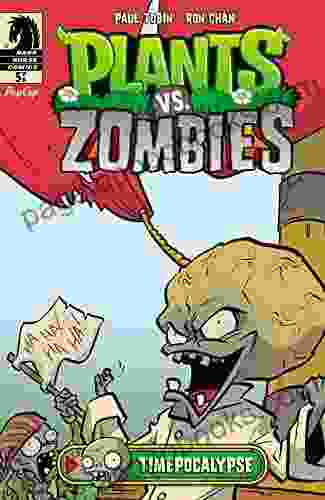
 Ben Hayes
Ben HayesJourney into the Verdant Realm of "Plants vs. Zombies:...
Immerse Yourself in an Epic Battle for...

 Edward Reed
Edward ReedUnveiling the Allure of Modish Crochet Hats Annie...
In the realm of fashion and...

 Jaylen Mitchell
Jaylen MitchellHalf Moon Bay: An Unforgettable Adventure Awaits in Aj...
Prepare yourself...
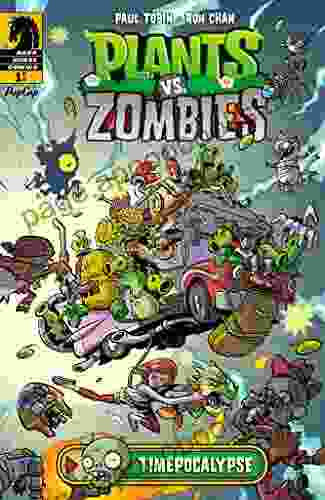
 Dan Brown
Dan BrownUnleash the Plant-Powered Apocalypse: Dive into Paul...
Prepare yourself for an epic showdown where...

 Efrain Powell
Efrain PowellStolen Summer: Nora Sommer's Enthralling Caribbean...
Escape to a World of...
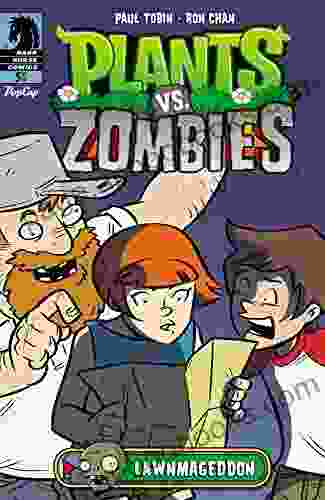
 Steven Hayes
Steven HayesPlants vs. Zombies: Lawnmageddon - The Ultimate Battle...
Prepare for the ultimate battle between plants...
5 out of 5
| Language | : | English |
| File size | : | 8586 KB |
| Text-to-Speech | : | Enabled |
| Screen Reader | : | Supported |
| Enhanced typesetting | : | Enabled |
| Word Wise | : | Enabled |
| Print length | : | 392 pages |


